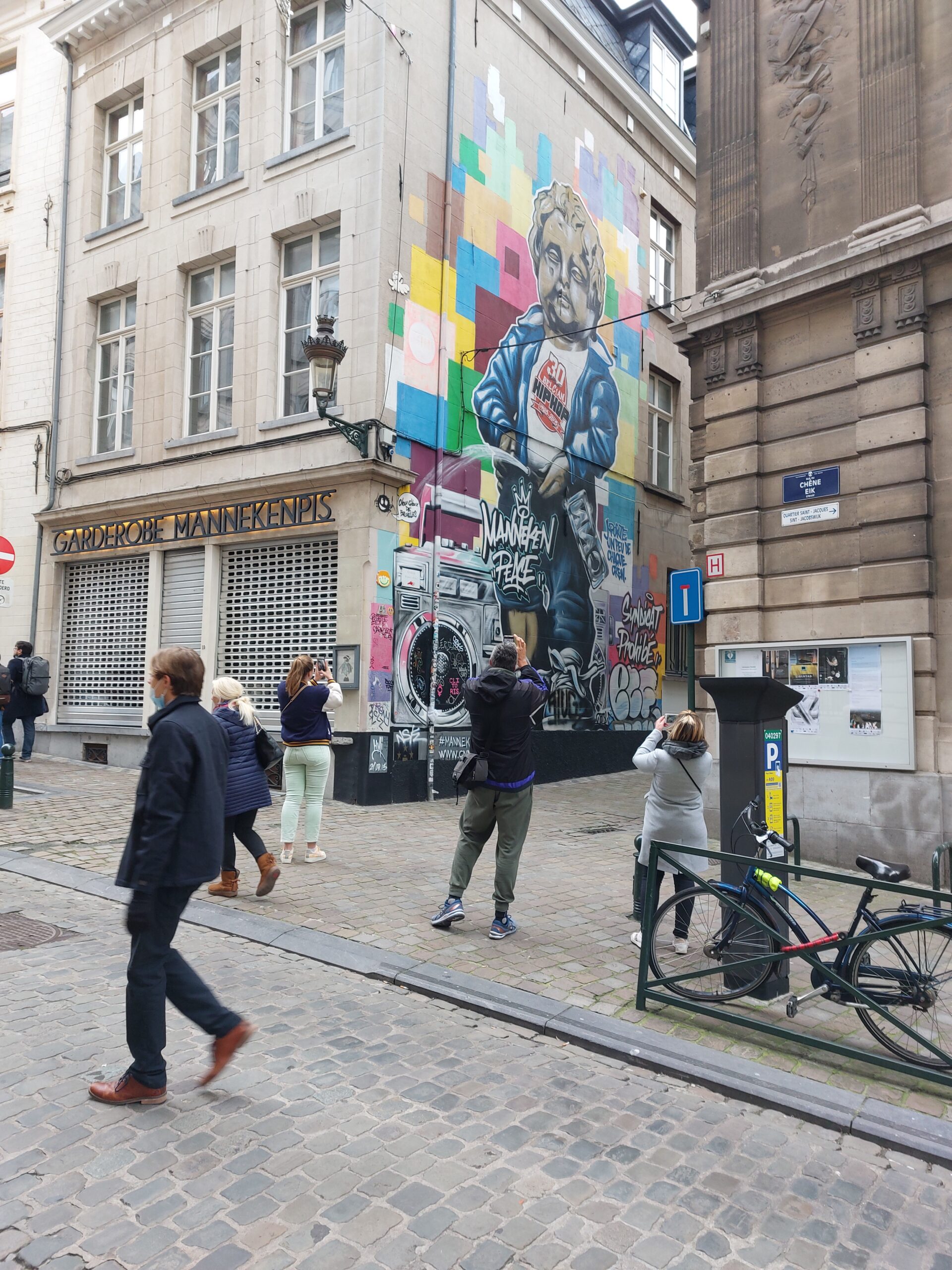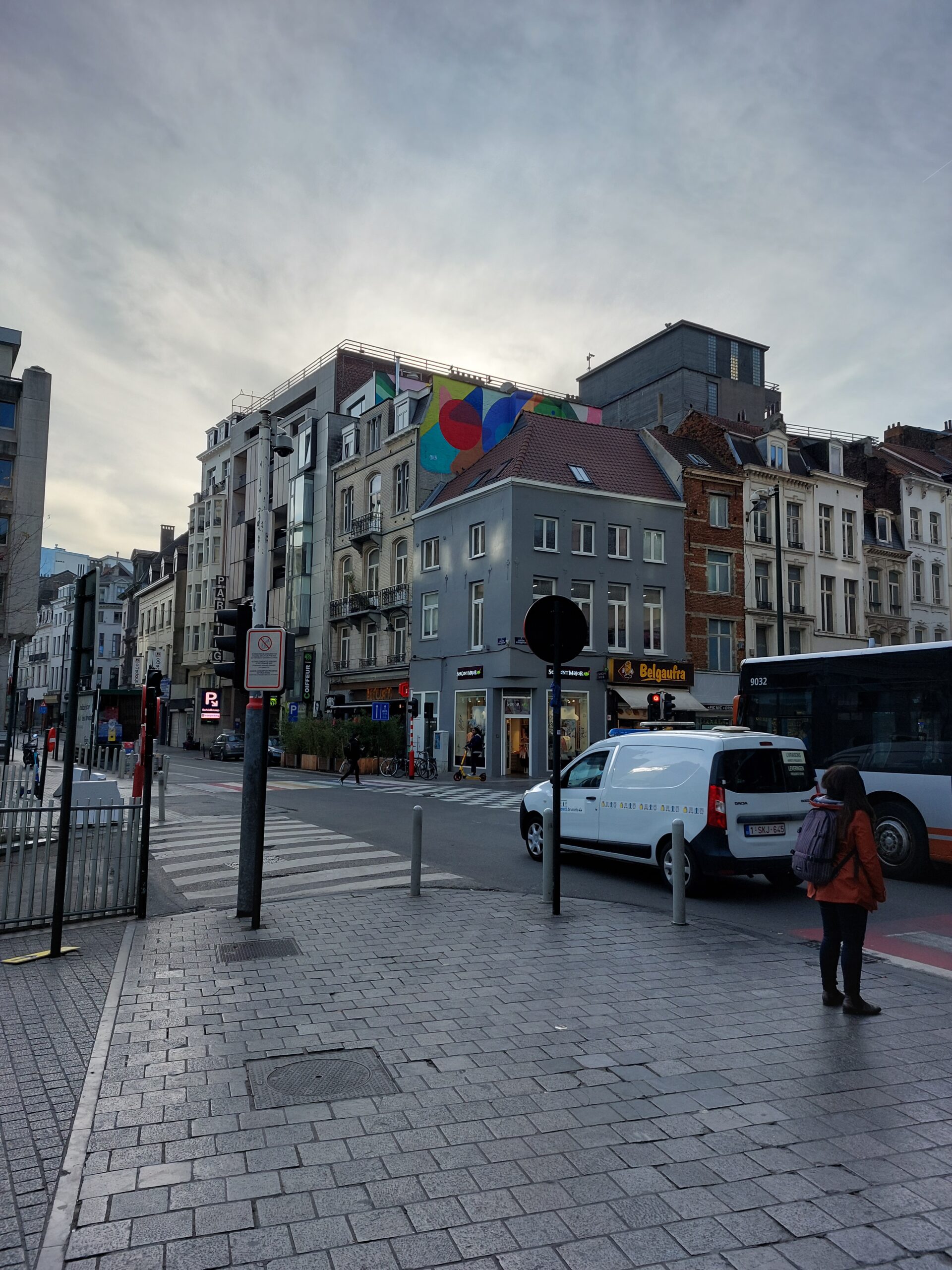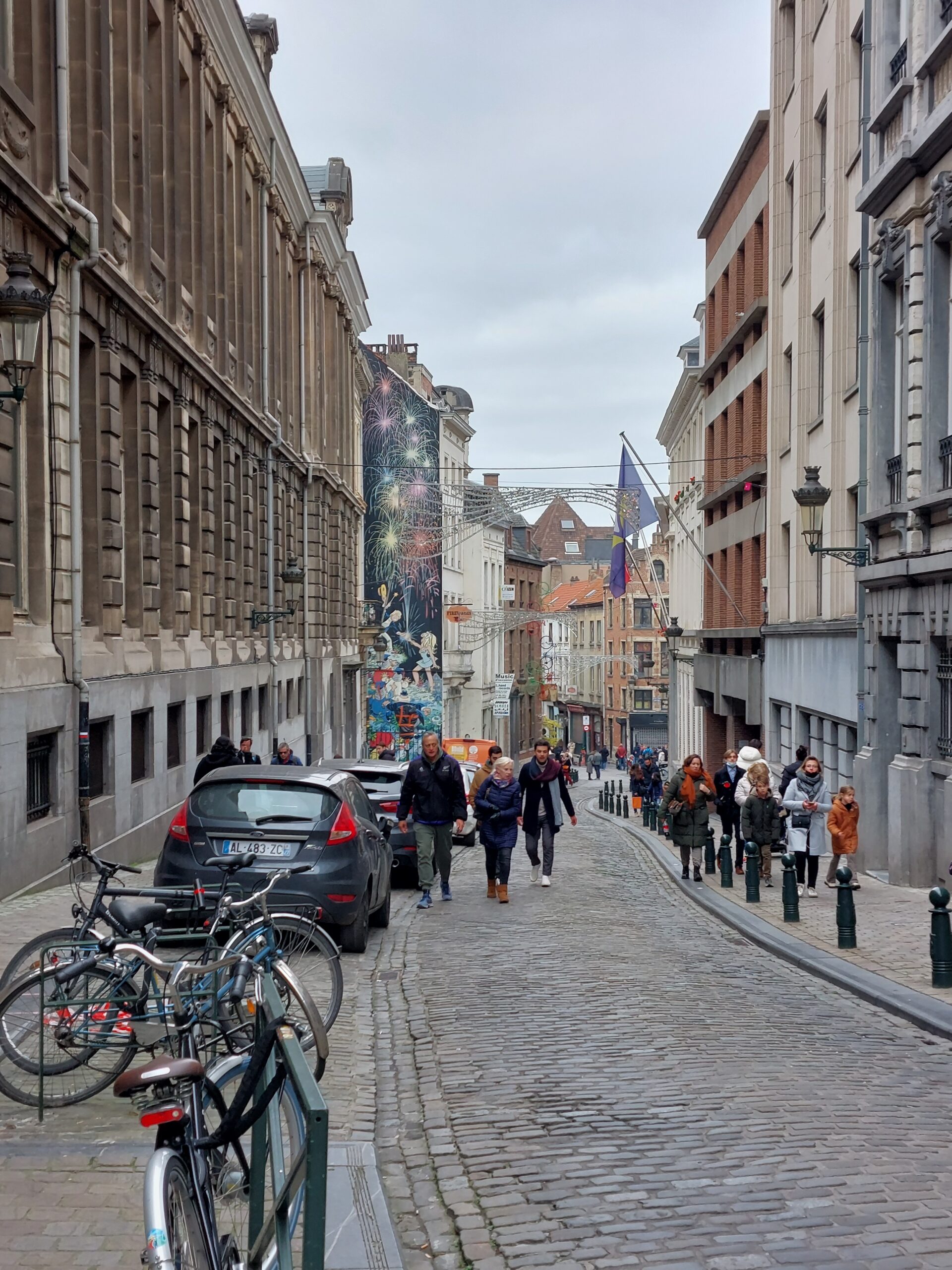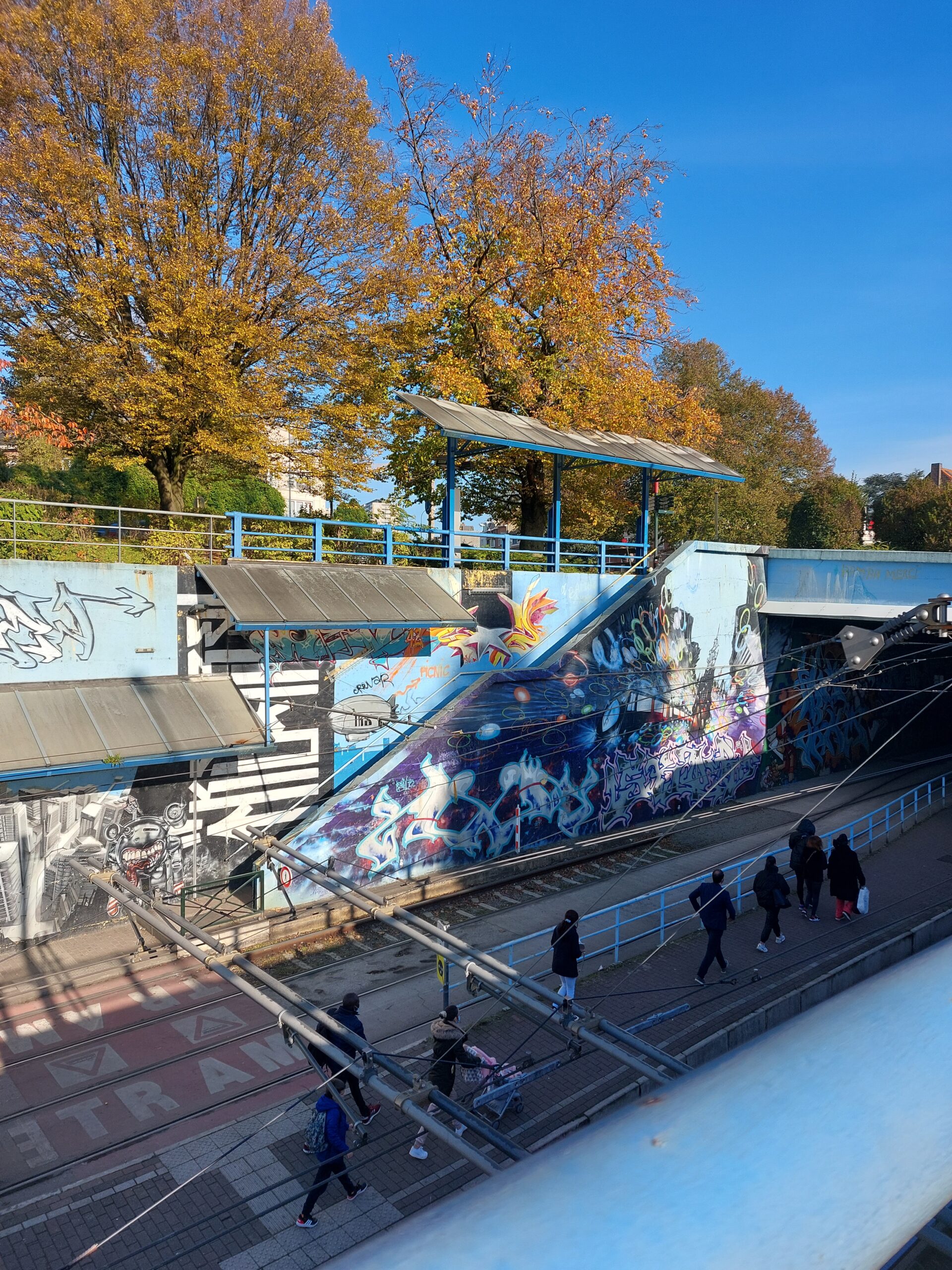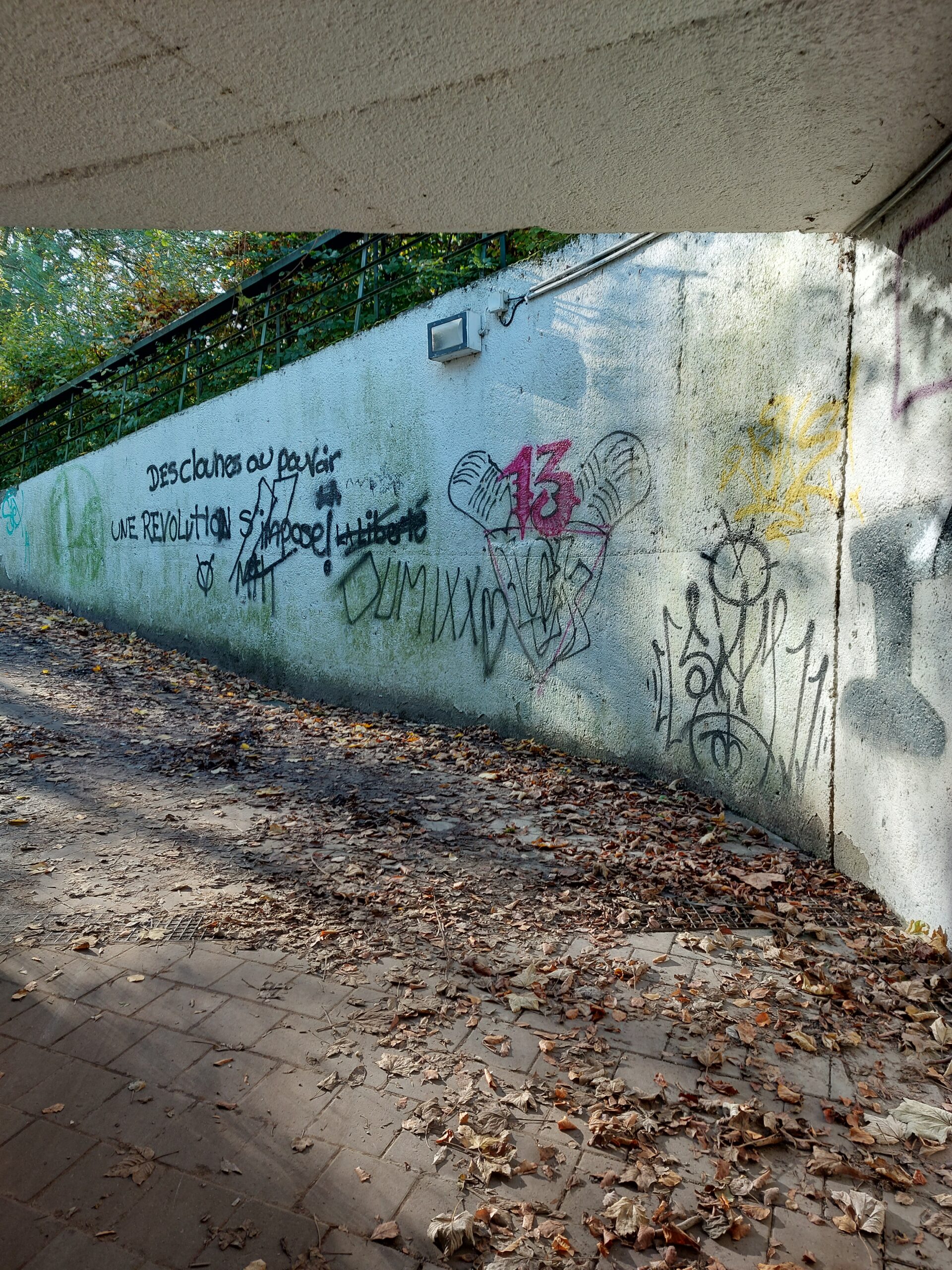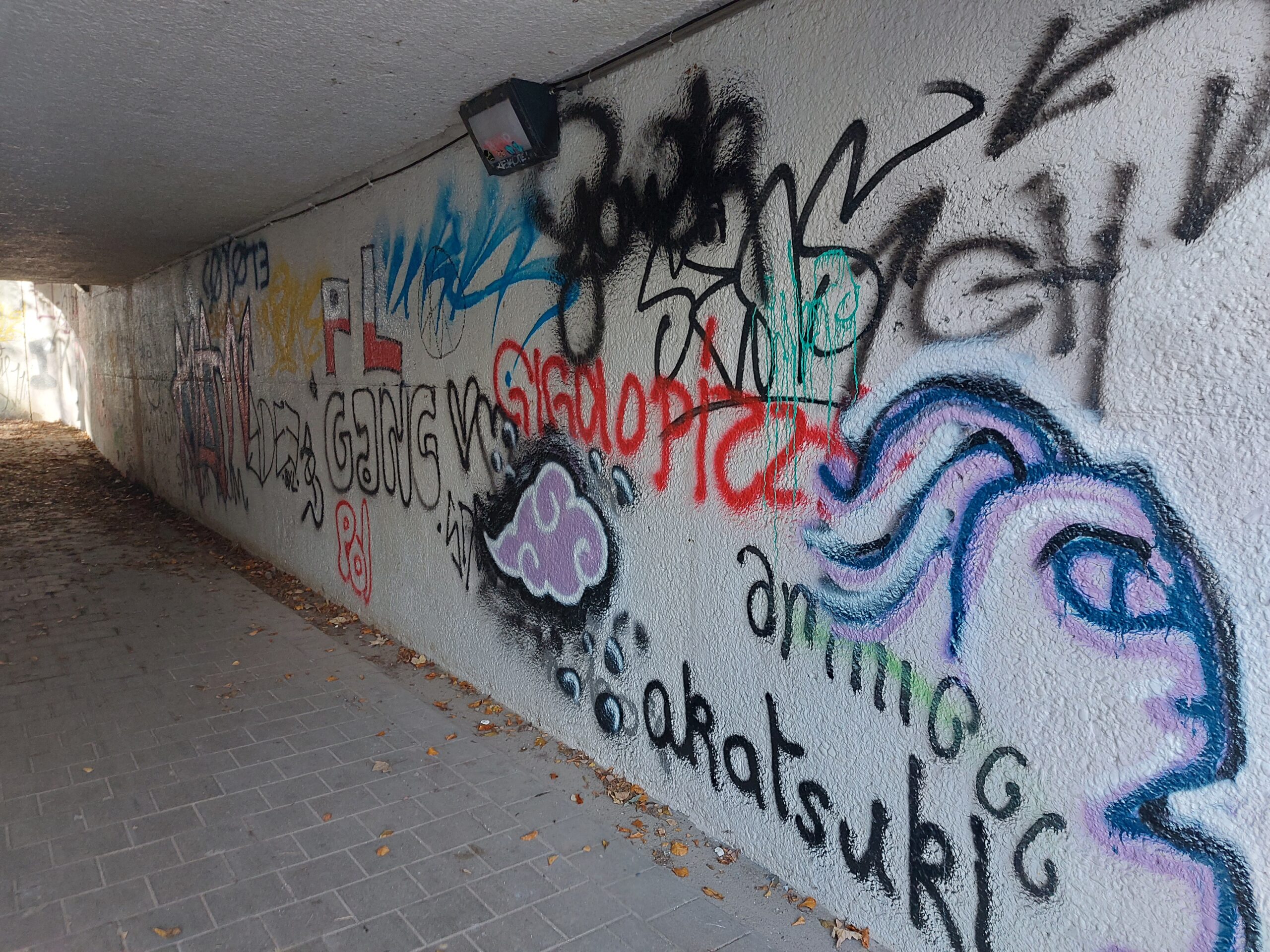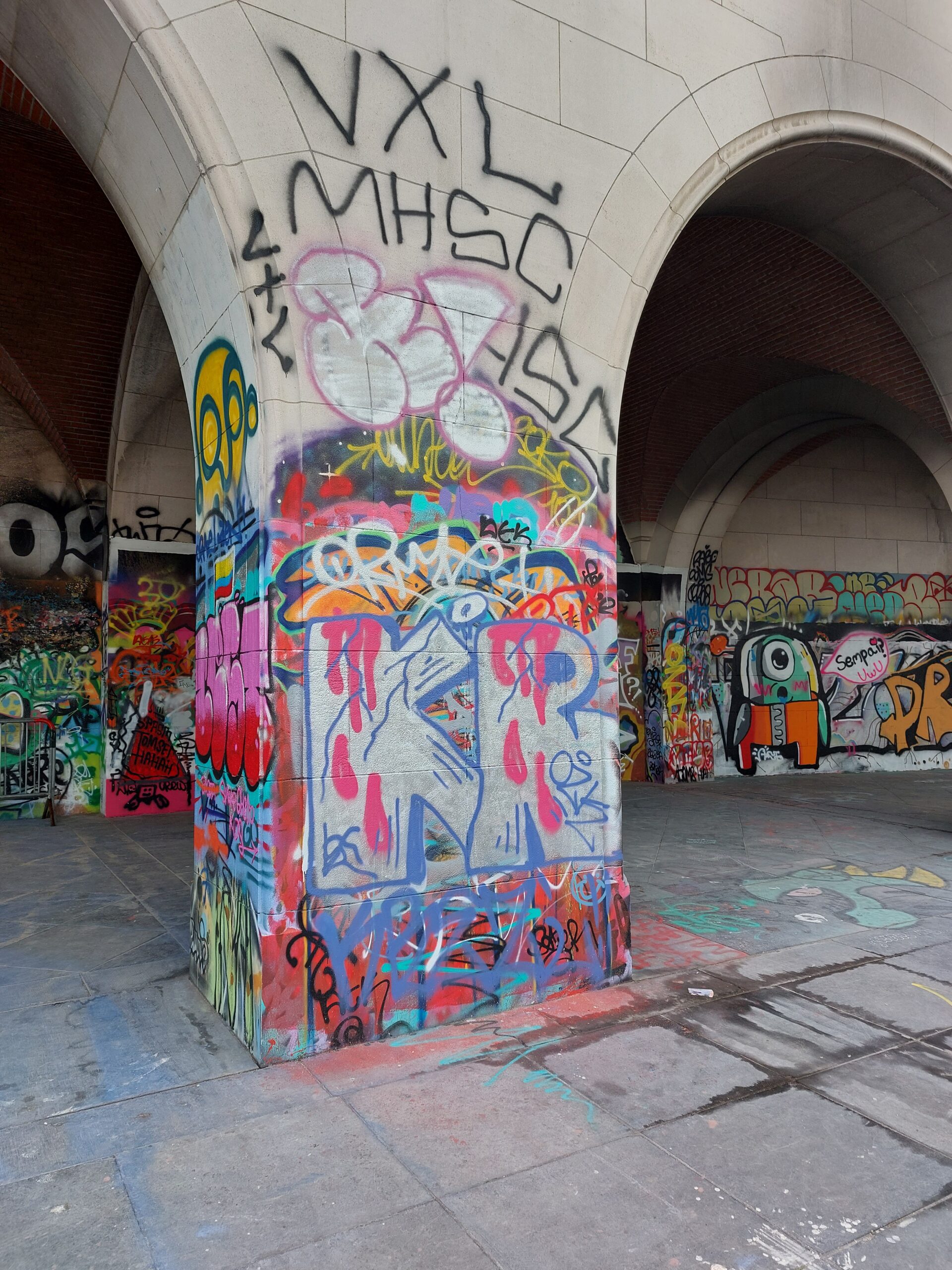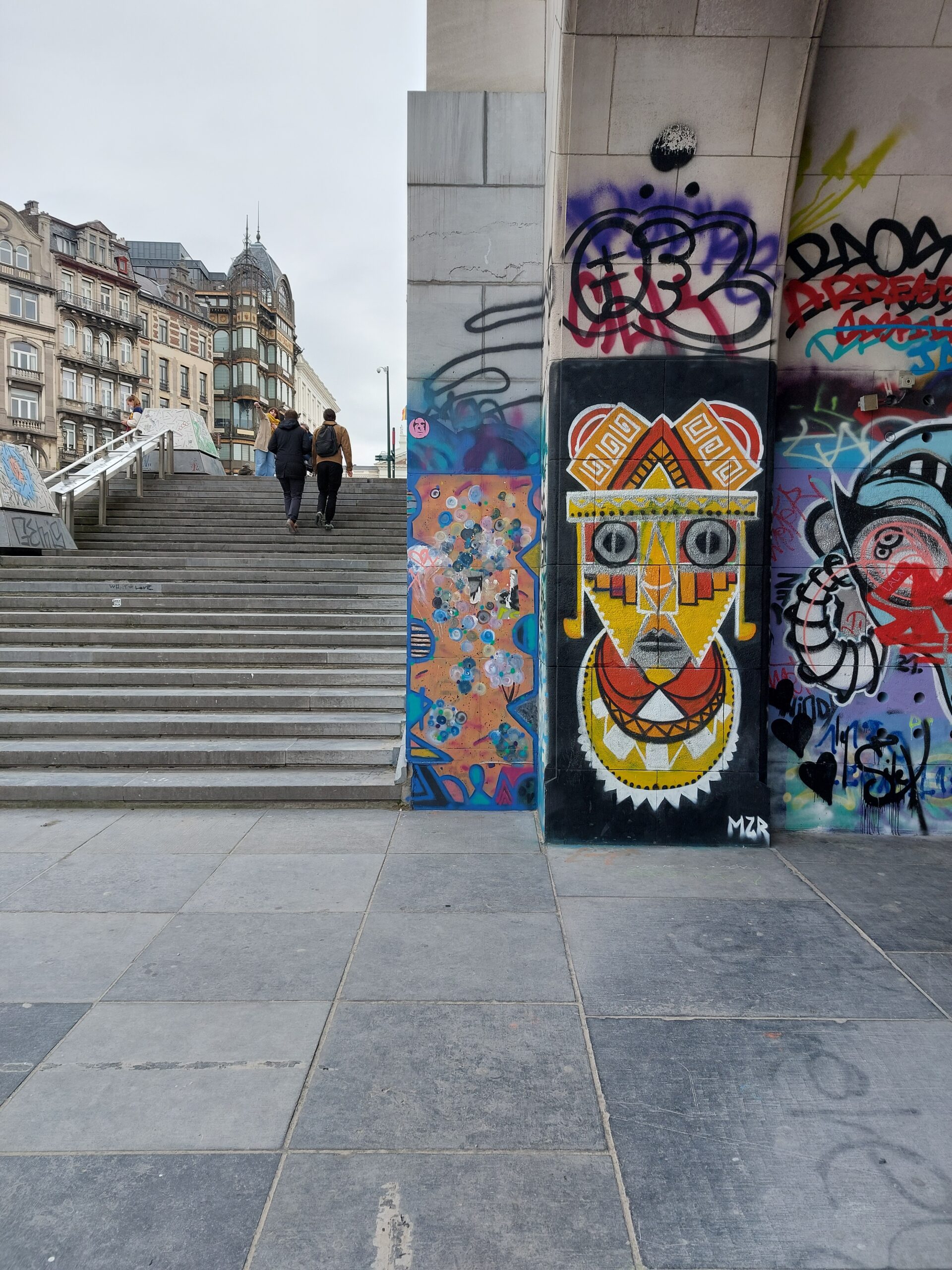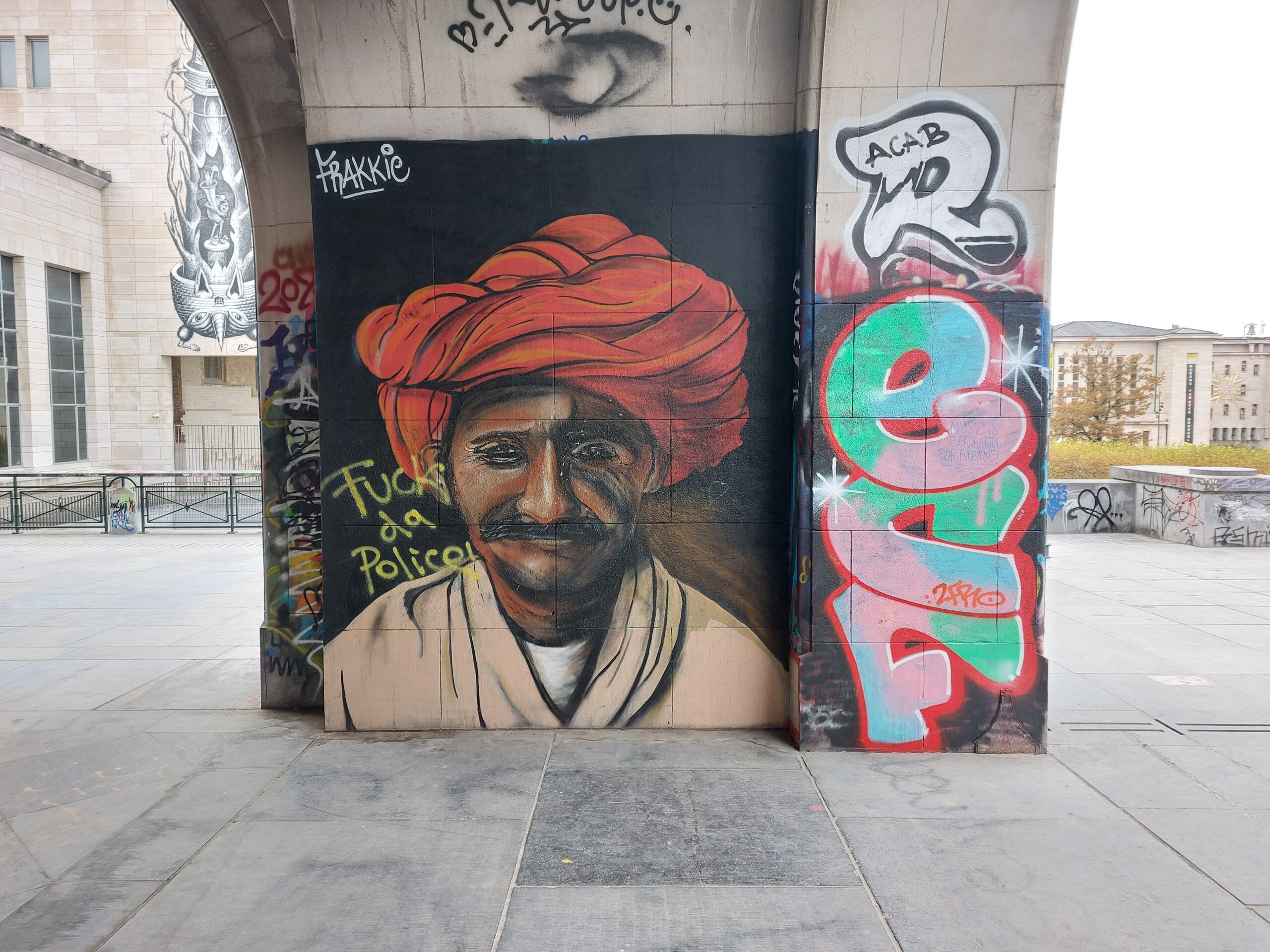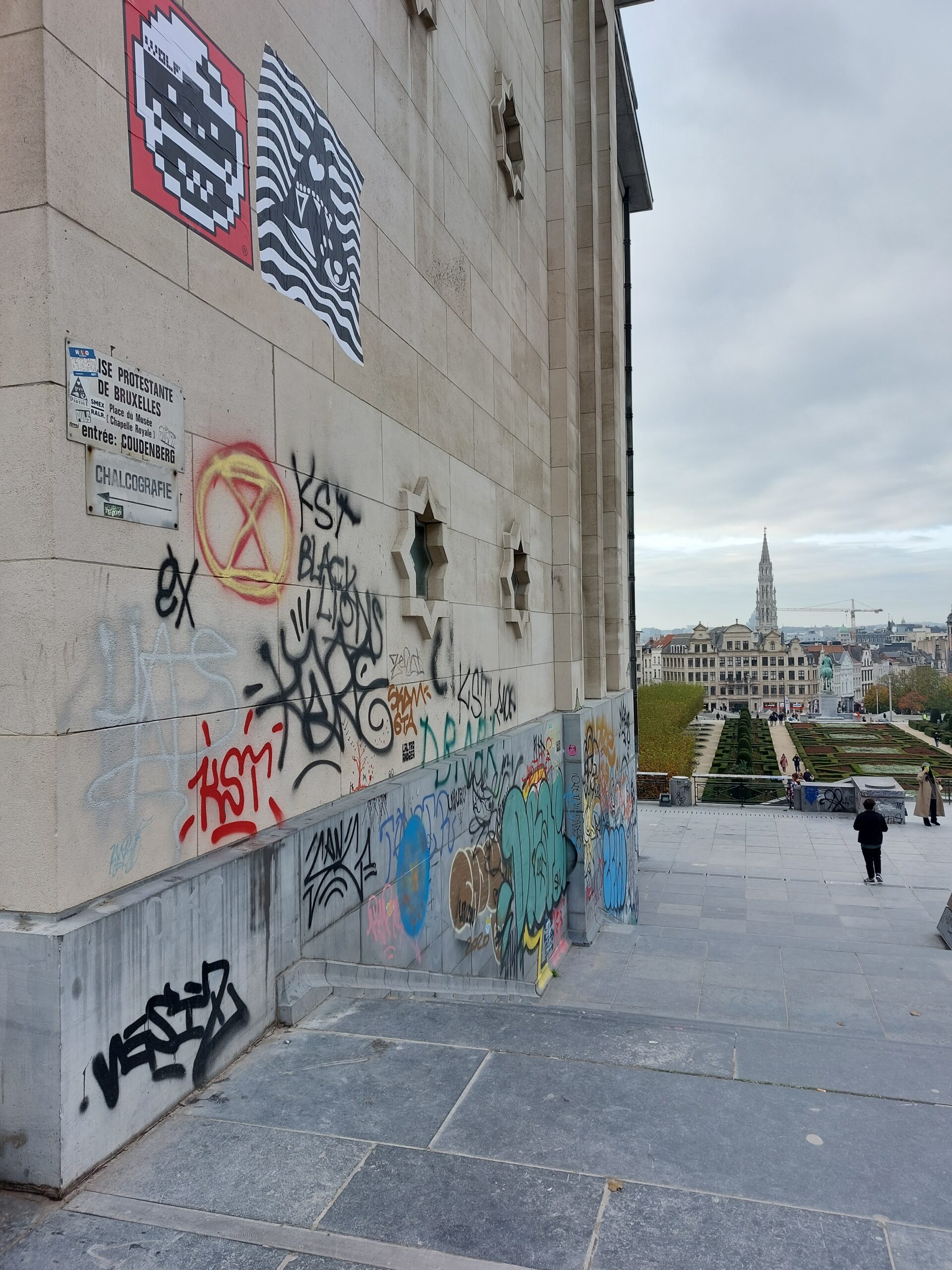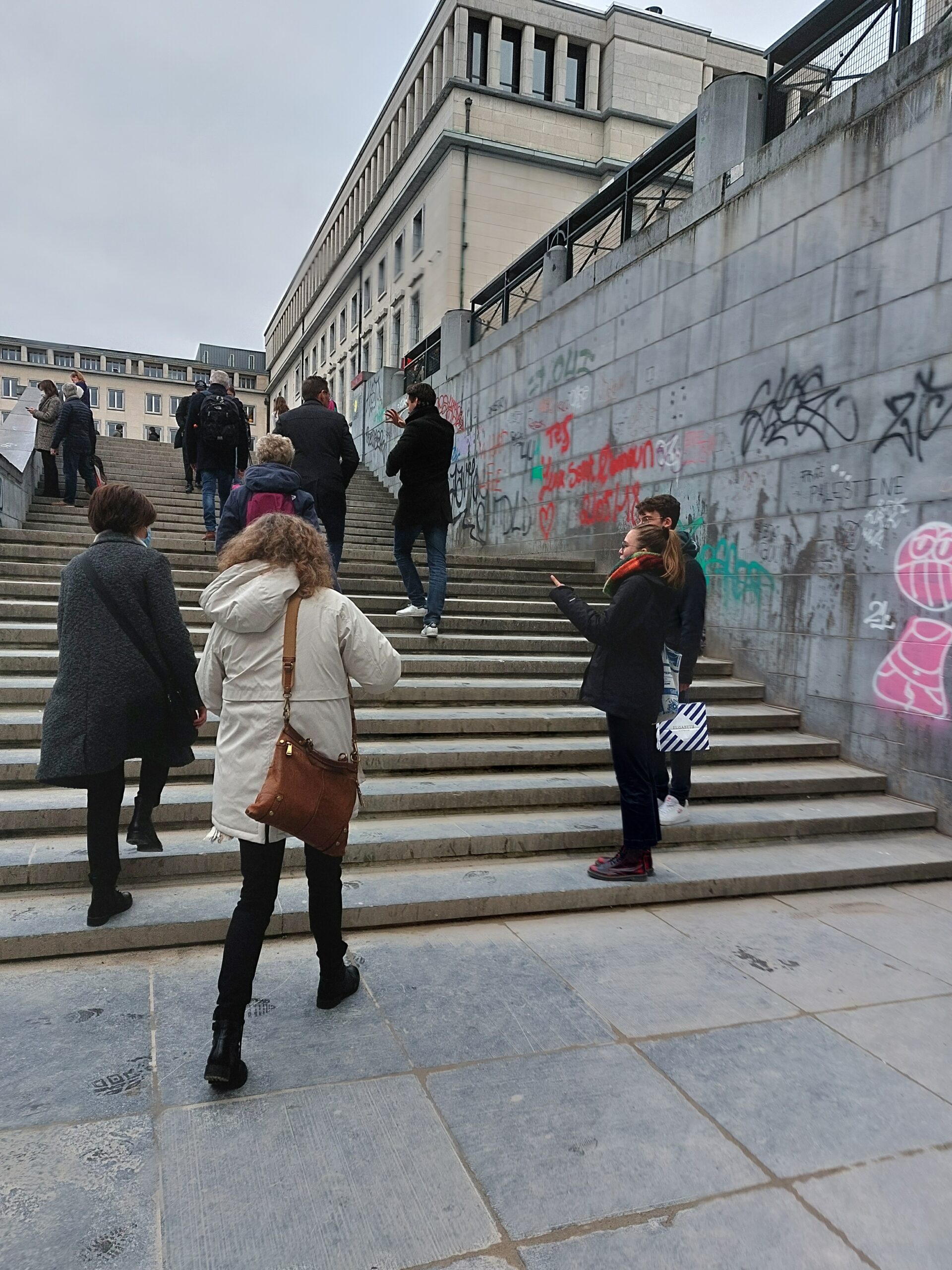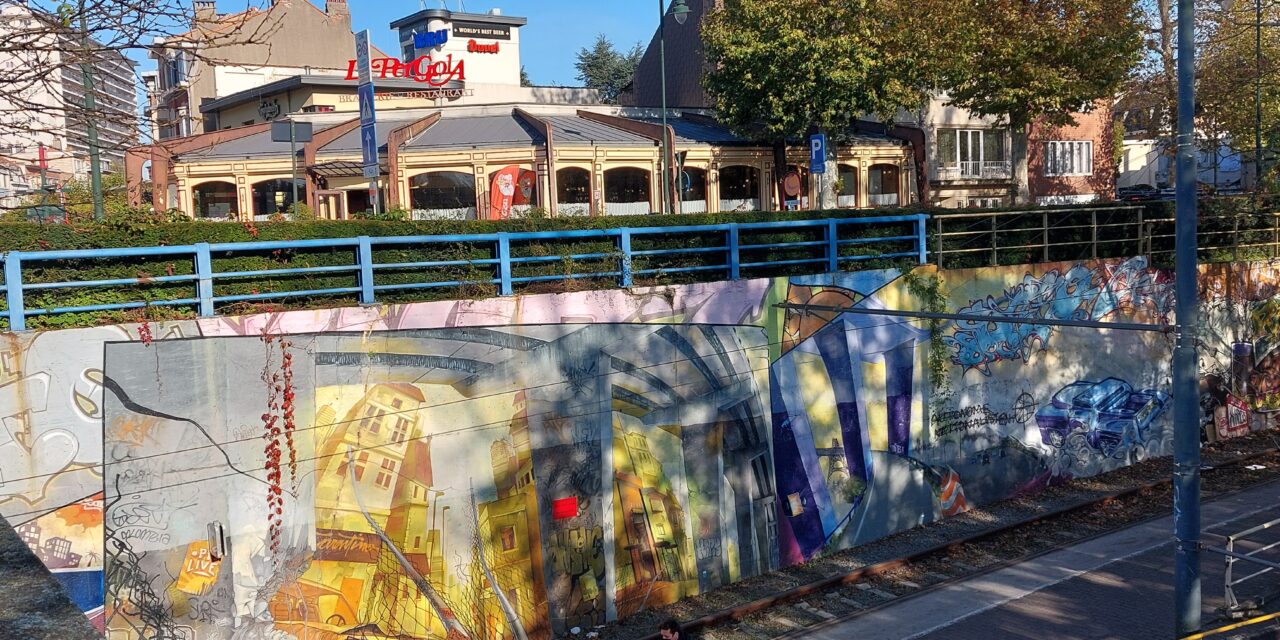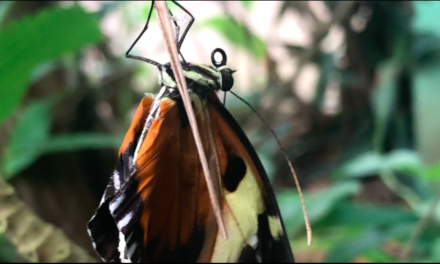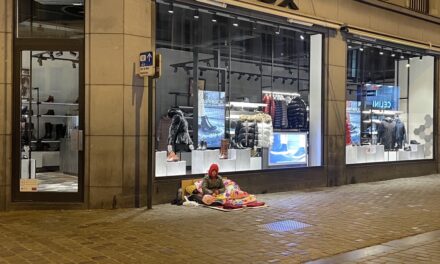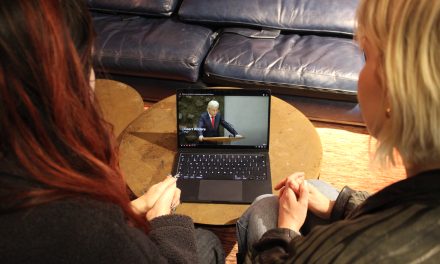Even though it is illegal in Brussels to perform street art on the walls, street art can be found at almost every corner in the city. From metro stations and tunnels to the walls in- or outside the city. Sketches, tags, graffiti and complete paintings are everywhere in Brussels. Tourists can go on free and funded tours from the municipality to take a look at different forms of the art while other artists can get fined for making art. When does the line switch from graffiti and vandalism to art?
Brussels has started to use their different pieces of street art all over the city for tourism promotion. Different organisations offer guided tours to promote the street art. There are funded projects and people are contacting organisations trying to get artist to make art on their walls. A big contrast with 20 years ago, when it wasn’t unusual to spend time in prison if you were caught while making graffiti. Nowadays graffiti artists won’t face time in jail anymore but the artists still can get fined.
NovaDead, whose real name is Julien Crevaels, is an artist based in Brussels. His work can be found in different places around the world, for example in Eindhoven and Paris, but also in New York and Miami. Crevaels, who moved to Brussels at the age of fifteen, says the architecture and the paintings in the city pulled his eyes almost immediately. The emotions he got from the art and architecture in Brussels inspired him to start making pieces of art himself. He started with writing letters and tags but eventually changed to making murals. Although the tools haven’t changed that much from when he started, the purpose of his art has. ‘’The murals I made speak more universally than the graffiti I used to make.’’
Crevaels has worked with different organisations, such as URBANA and Parcours street art. ‘’I prefer to work with the system. When I was younger I made illegal graffiti too, but now there is more legal place for street art’’ according to Crevaels. In his eyes the city can work against all forms of art or start to embrace it.
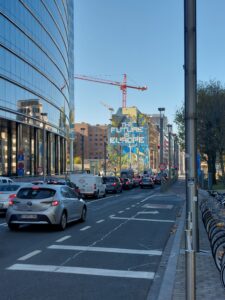
One of the murals NovaDead, Julien Creveals, has made with the organization URBANA
Antione, a member of the collective group Radical Playground, studied art but changed to street art eventually. ‘’I got interested in streetart, I met some people who knew about this and started doing stencils in Tenerife.’’ Antoine was attracted to the idea of making art with less boundaries. Antione: ‘’ the artworld is made with al these constraints, a gallery, to be in a closed space with white walls and quiet people. The ideas to do something that everyone can see, without organising a gallery or inviting people. It gives you more of a relationship with the society, the city.’’
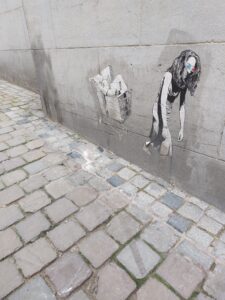
A piece made by the collective Radical Playground
Radical Playground does not work with graffiti specifically. Antoine uses stencils and glues these on the wall. ‘’Public space should be public. It should be a bought off expression for everyone. Everyone should be free to put colours and writings in the city, it could be beautiful actually. It would be kind of sad without nothing, it would be just one colour, mostly grey, without art.’’ According to Antoine good things but also bad things might happen when you get paid for making street art ‘’it would be nice to get paid for your work. But you might lose your freedom to make everything you want when you get paid, there are more constraints. ‘’ Antione: ‘’sometimes you get paid for making something which, in your own opinion, can be seen as shit when the other times you would make something that’s very beautiful in your own eyes but don’t get paid anything.’’
